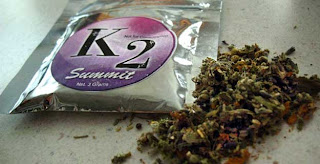At Wednesday's Town Hall meeting a large audience of faculty, students and affiliations of the New School sat down to hear the happenings, goals and University's plans for the future.
The Student Senate along with the Faculty Senate gave brief summaries of their duties as advisory bodies within the New School and talked briefly about their success in coming together to create a student and faculty response to Occupy Wall Street. The highlight of this part of the agenda in my ear was that the Student Senate is a funded advisory body which welcomes requests from students who would like funding for events and student groups...who knew?
There was a brief moment of attention given to the new bell schedule which was described as "complex but beautiful"; it was my understanding that efforts behind the creation of the bell schedule were supposed to simply class times, making it so university wide classes we're all happening at the same time. This part was a bit unclear.
As it would be expected budget was a topic on the agenda, a true piece of news came to us in the fact that the number of new student applicants this year was lower than expected, a trend the new university president David E. Van Zandit says is Nation wide, with all time lows being the incoming number of graduate students. Zandit stressed the importance in current harder economic times that university has "an obligation to show that [higher education] is worth it."
The true highlights of the meeting came in the form of audience participation.
There was a great deal of time spent talking about the New School's need to create an environment that fosters diversity (a topic brought up by the dean of civic engagement at Parsons) a great response was made by another member of faculty who said that the diversity in student population wouldn't change unless it changed elsewhere in the university "there's no excuse for not having diversity on committees," she said.
Other members of the faculty brought up the potential for more cross-disciplinary mingling in academics university wide. Talk of educating grad student on grant writing was an expressive topic, and a faculty talked about the university's avoidance of 10year for teachers.











